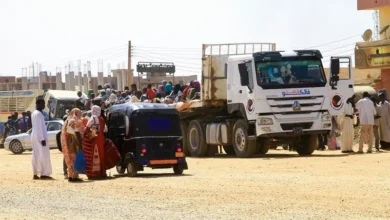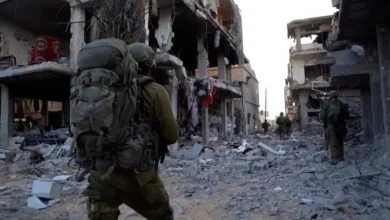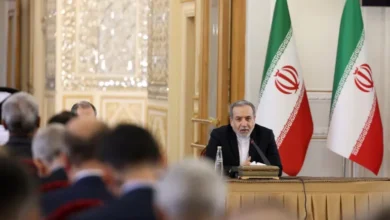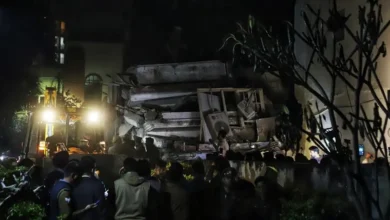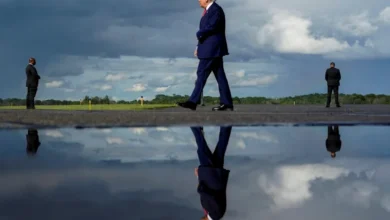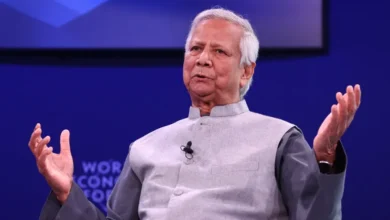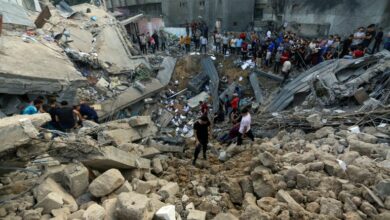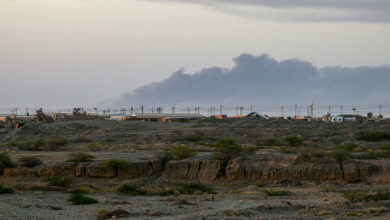When calamities strike, it is the poor who bear the brunt
Belén Fernández
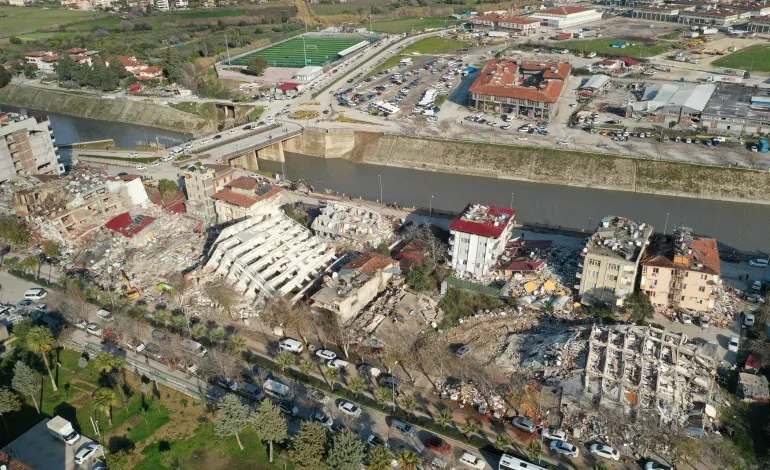
On February 6, massive earthquakes struck southern Turkey and northern Syria, inflicting ghastly damage across a geographic region that has already borne a great deal of earthly devastation in recent decades. The ongoing war in Syria has produced millions of refugees, many of whom have now found themselves victims of seismic activity in the Turkish south.
The death toll from Monday’s quakes quickly jumped into the thousands and will no doubt soar to far more macabre heights. An untold number of people remain buried beneath the rubble. Traumatised survivors contend with frigid temperatures and aftershocks; refugees contend with the loss of any semblance of refuge.
The natural disaster has served to underscore what should hardly be earth-shattering news: that life for the global poor is extremely precarious and plagued by multiple, simultaneous crises from which recovery is often futile.
To be sure, the dwellings inhabited by the have-nots of the earth can be structurally less reliable and potentially more vulnerable to tectonic tumult – as was seen, for example, in the Peruvian earthquake of 2007, when homes collapsed across poor neighbourhoods in the province of Ica. But in a world structured upon capitalist foundations, precarity goes much deeper than shoddy construction materials or disregard for building codes.
For starters, capitalism’s insistence on acute inequality and the tyranny of an elite minority means there are major global fault lines between rich and poor – ones that are becoming ever more pronounced in the era of climate change and attendant ecological calamity. And while aid pledges inevitably come pouring in after high-profile disasters, they often only exacerbate the divide by lining the pockets of the aid industry rather than benefitting the disaster-stricken themselves.
There is also the reality that, for much of the world’s precarious population, life constitutes a more or less continuous disaster, but one that generates no attention. In June, The New Humanitarian news agency noted gross disparities in disaster relief, with almost half of all emergency funding for 2022 “going to only five protracted – and largely conflict-driven – crises”. Citing a recent United Nations estimate that the number of annual disasters will increase to some 560 by the year 2030, the agency described how victims of under-the-radar disasters are often forced to remain in unsafe locations – thereby setting the stage for new crises.
Take the case of Afghanistan, where an ongoing dependence on aid has done nothing to make the country safe. In August, floods killed more than 180 people, just two months after an earthquake had killed more than 1,000. In May, the NGO Save the Children reported that the country was suffering its “worst hunger crisis on record”, with nearly 50 percent of the population going hungry on account of a raging drought and continuing economic breakdown.
Such are the toxic legacies of two decades of a United States-led “war on terror” that devastated the lives, livelihoods and futures of millions of Afghans and sucked in billions of dollars of “recovery funds”.
For another illustration of how politics, greed and mismanagement overlap with and compound environmental catastrophe, we need look no further than the Caribbean nation of Haiti, where in 2021 a devastating 7.2 magnitude earthquake was followed by a deadly storm and landslides. More than 2,200 people were killed and 130,000 homes destroyed, in addition to a number of schools and hospitals.
This came just over a decade after a 2010 earthquake killed some 220,000 people and rendered 1.5 million homeless. Only a smidgen of the billions of dollars that flowed in to “rescue” Haiti actually reached poor Haitian earthquake victims, going instead to aid organisations, international security forces, and other supposedly competent folks – like the UN peacekeepers who promptly unleashed a cholera epidemic upon the nation.
In ensuing years, US support for official corruption in Haiti would make the terrain extra fertile for political crisis, while further eroding the country’s ability to respond to earthquakes and other disasters.
As for me, my own personal experience with earthquakes includes a tremor in southwestern Turkey in 2010 and the magnitude 7.4 earthquake that rocked Mexico’s Oaxacan coast in June 2020. I can safely say that the latter episode was akin to feeling my world combust – but only momentarily, as it entailed no lasting damage to my house or person. In other words, it was a far and privileged cry from the experience of the latest earthquake victims in Turkey and Syria, many of whom – displaced by war – had undoubtedly already felt their respective worlds combust even prior to the quake.
Following the news of Monday’s cataclysm, I spoke here in Oaxaca with a working-class Mexican man who, in September 1985, assisted in extracting bodies from the rubble of the Mexico City earthquake that officially resulted in the deaths of 10,000 people but probably killed many more. Shaking his head, he professed to still think regularly of three bodies in particular: a humble mother hunched in vain over her two children, dressed in school uniforms.
And as if the poor needed any more reminders as to the negligible value assigned to their lives, the perennial tremors of the earth in Mexico mean that earthquake-related psychological trauma is easily revived.
As for things not easily revived, in September 1986, one year after the Mexico City quake, the Washington Post reported that no fewer than 80,000 people remained homeless. Indeed, the city never quite fully recovered from either the physical damage or the disaster mismanagement. Precarity is nothing new.
And yet things are getting more precarious by the minute, as capitalism breaks new ground in the field of obliterating any and all aspirations toward a common humanity or planetary wellbeing – and the “disaster relief” industry concerns itself with maintaining its own viability while poor communities lurch from one disaster to the next.
While the rich insulate themselves from the fallout, the poor bear the brunt of military conflict, economic upheaval, climate-related havoc, and the coronavirus pandemic – which has left the earth’s have-nots on even shakier ground.
As with all other present earthly afflictions, Monday’s quakes in Turkey and Syria will hit the poor the hardest. And the only way out of a world where profit for the few means precarity for the many would be a total seismic shift.
